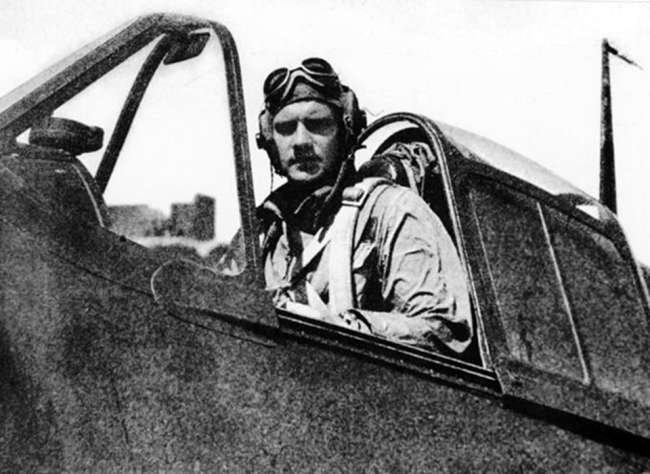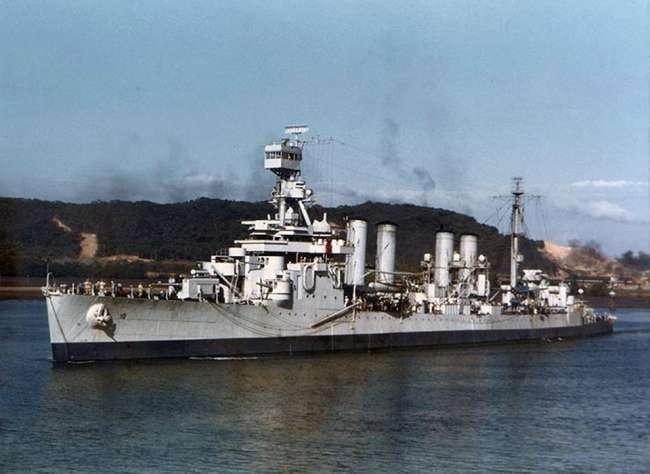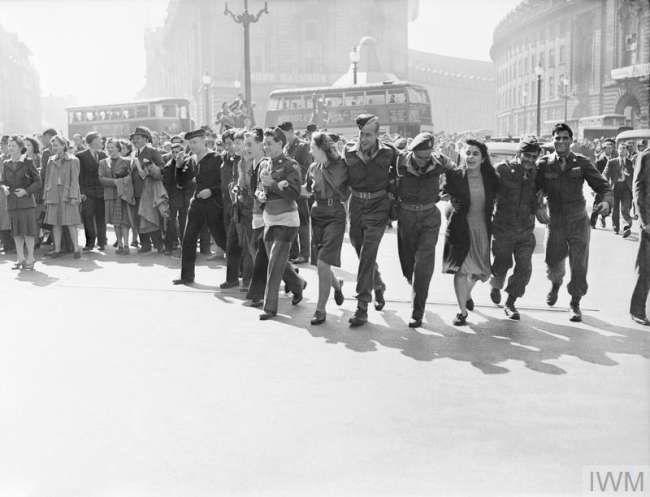Top Image: The Combined Chiefs of Staff with President Franklin Roosevelt and Prime Minister Winston Churchill at the Casablanca Conference in January 1943. Image courtesy of the Naval History and Heritage Command.
In January 1942, the United Kingdom and the United States entered into an unprecedented cooperative military arrangement by establishing the Combined Chiefs of Staff. This combined military staff organization comprised the US Joints Chiefs of Staff and the British Chiefs of Staff, the uniformed heads of their respective militaries. For day to day matters, the British Chiefs were represented in Washington by senior British officers permanently stationed in the United States. The Chiefs are best known as the organization where the British and Americans hammered out their strategic differences, especially over the struggle against Nazi Germany. However, the postwar story of the Combined Chiefs of Staff illustrates how the wartime Anglo-American alliance changed in the late 1940s. Due to growing tensions with the Soviet Union, both militaries wanted to continue to work together. Public support for the United Nations in the United States, however, meant that this cooperative work had to take place in secret.
The Combined Chiefs established military policy and strategy for the Western Allies in World War II under the supervision of the US President and the British Prime Minister. The Chiefs held regular meetings in Washington, DC, in the Public Health Service Building, which still can be seen on Constitution Avenue just northeast of the Lincoln Memorial.
In August 1945, after Japan agreed to surrender, President Harry Truman called for the eventual dissolution of the Combined Chiefs of Staff (CCS). Truman’s statement, combined with the abrupt end of the Lend-Lease program that same month, caused concern among British leaders who hoped to continue close relations with the United States into the postwar years. Privately, however, American military leaders, like Army Chief of Staff General George Marshall, told their British counterparts that they favored retaining “some similar organization to the CCS.”
The question of what to do with the Combined Chiefs came up again in February 1946 in talks between the US Joint Chiefs and Field Marshal Henry ‘Jumbo’ Wilson. The Americans were unwilling to commit to retaining the CCS in its current form because of public support for the United Nations created in October 1945. The Truman administration had emphasized the need to treat nations on an “equal footing” so much that retaining an exclusive British-American military organization, like the CCS, would be seen as “incompatible” with the United Nations. The interim solution was for the Combined Chiefs “to go underground” by limiting publicity and holding fewer and more discreet meetings.
American concerns over the Combined Chiefs’ visibility were validated in March 1946 when Winston Churchill gave his famous “Iron Curtain” speech in Fulton, Missouri, with President Truman in attendance. Churchill’s call for continued close military-to-military relations between the British Commonwealth and the United States drew a torrent of criticism from across the political spectrum. Conservatives were wary of entangling foreign alliances, while anti-imperialist liberals wanted the British Empire dissolved, not bolstered by the American military. Newspaper editorials interpreted the call for close Anglo-American military relations as a threat to the United Nations, which was built on an assumption of broad, multilateral involvement rather than specific, nation to nation treaties. An April 1946 poll showed that 40 percent of American disagreed with Churchill’s suggestion, while only 18 percent approved.
While political concerns led the Joint Chiefs to shy away from public commitments, American military leaders in 1946 believed that continued close collaboration with the British was necessary in light of growing tensions with the Soviet Union. Revelations about Soviet espionage activities highlighted the scale of Soviet efforts to obtain British and American secrets during World War II, suggesting the need for tighter security and closer cooperation. British and American planners worked together in the summer of 1946 to prepare war plans in the event of a conflict with Moscow.
From London’s perspective, the Combined Chiefs played a critical role in underwriting Britain’s strategic position. In the event of a war with the Soviets, Britain might not survive without rapid, effective American military support. To make maximum use of this support, the British military needed to know American plans in advance, and British forces needed to be able to operate effectively with American units, with little warning. The military-to-military links, provided by the Combined Chiefs and the British military mission in Washington, the Joint Staff Mission, promoted the close military collaboration that Britain needed. American leaders understood Britain’s needs but had to balance British concerns with those of France.
In 1946, French officials began making inquiries about the status of the Combined Chiefs of Staff. By 1948, these requests for information had turned into French demands to be admitted to the Combined Chiefs. France stood in the direct path of any Soviet assault on Western Europe, and French officials expected to provide the bulk of the initial Western ground force to resist such an attack. The French expected British support and hoped for American assistance as well in the event of war. In such a scenario, the French assumed that the Combined Chiefs would play a leading role in directing Western forces and wanted to be a part of such deliberations. The French also believed that the Chiefs handled global strategic planning for a war with Russia and wanted to be consulted. Participation in the Combined Chiefs would help demonstrate that France had regained great power status.
By 1948, the future of the Combined Chiefs organization was increasingly tied to discussions of a possible North Atlantic security treaty. Britain and France had signed a mutual security agreement in March 1947, the Treaty of Dunkirk, which in turn was followed by the creation in 1948 of the Western Union. The Union included France, Britain, Belgium, Luxembourg, and the Netherlands. These two agreements set the stage for broader discussions over a possible North Atlantic agreement that would include the United States, Canada, and other European states. By early 1949, plans for a North Atlantic Treaty were well advanced when the Joint Chiefs took steps to close down the Combined Chiefs.
In March 1949, US Air Force Chief of Staff General Hoyt Vandenberg visited London to tell the British Chiefs that the Americans wanted the Combined Chiefs disbanded with the understanding that the work would “continue under some other guise.” The British initially resisted, asking for time to study the issue. In April, the North Atlantic Treaty was signed, creating the North Atlantic Treaty Organization (NATO). NATO’s creation gave urgency to the need to resolve the Combined Chiefs issue.
After a summer of proposals and counter-proposals, the British agreed in early August to disband the Combined Chiefs in exchange for an American commitment to preserve the British military mission’s access to the American defense establishment. The Americans did insist that the British mission move out of its offices inside the Pentagon to allay French concerns. The two sides agreed to substitute regular, informal meetings for the various subcommittees that made up the Combined Chiefs organization. Retaining the British military mission ensured close collaboration between the two militaries, while disbanding the Combined Chiefs reduced the appearance of American military favoritism. With these arrangements in place, the Combined Chiefs officially ceased to exist on October 14, 1949.
The twists and turns of British and American policy over the Combined Chiefs reveal two elements of post-WWII Anglo-American relations. First, the balance of power in the transatlantic relationship shifted ever more toward Washington and away from London in the late 1940s. The British Chiefs needed American approval to maintain their mission in Washington. They also needed American military support in wartime in order to survive, and American permission to access advanced US military technology. Gone were the days of 1940 and 1941 when the US military set up missions in London to learn from British wartime experience. Now it was the British who sought to maintain their military presence in Washington.
Financially, Britain leaned on American funds in 1946 as evidenced by the $3.75 billion loan London secured from Washington. The costs of war had exhausted British finances. The economic consequences of these choices lingered after 1945 and shaped Britain’s ability to meet military commitments around the world. Fuel rationing lasted until 1950 and meat rationing until 1954; a stark contrast to the United States where real gross domestic product rose 32 percent between 1946 and 1950. For all these military, political, and economic reasons, the Joint Chiefs enjoyed a stronger negotiating hand compared to their British counterparts.
Secondly, American public opinion, specifically regarding the United Nations, strongly influenced American national security policy. Aware of widespread public support for the United Nations, senior American officers carefully avoided any formal commitments (such as indefinite collaboration with the British military) that could be criticized as undermining the United Nations. Support for the United Nations remained strong in American society even as dissatisfaction with the body’s inability to reduce global tensions slowly grew in the late 1940s. American officials drafting the North Atlantic Treaty consciously sought to make the Treaty’s language conform to that of the UN charter. Although the UN’s reputation in American eyes has subsequently fallen, in late 1945 and 1946, in the immediate aftermath of the carnage of World War II, Americans looked more to the United Nations to secure peace than to formal alliances.
Meet the Author
Dr. Corbin Williamson is a professor at the Air War College at Maxwell Air Force Base in Alabama. He is the author of The US Navy and Its Cold War Alliances, 1945-1953.
Note: The views expressed in this academic research paper are those of the author and do not reflect the official policy or position of the US government, the Department of Defense, or Air University.
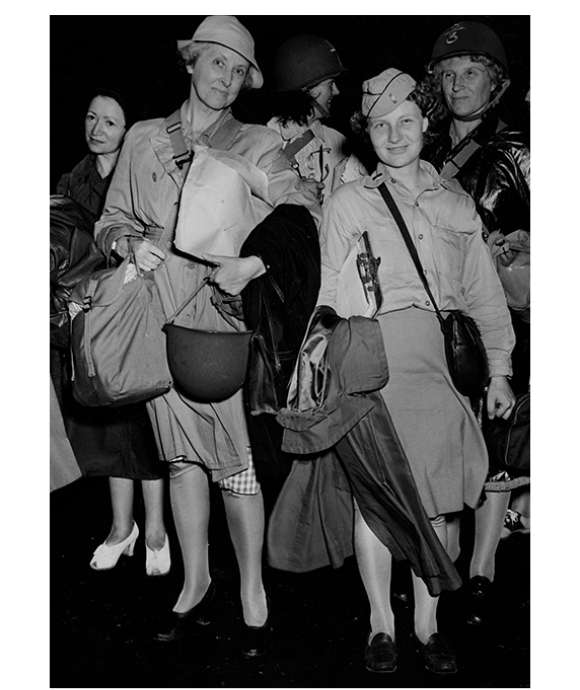
UN Relief and Rehabilitation Administration: "A New Enterprise Based on Human Brotherhood"
The United Nations Relief and Rehabilitation Administration saved the lives of millions of people in Europe and China from 1944-1947.
Cite this article:
MLA Citation:
APA Citation:
Chicago Style Citation:
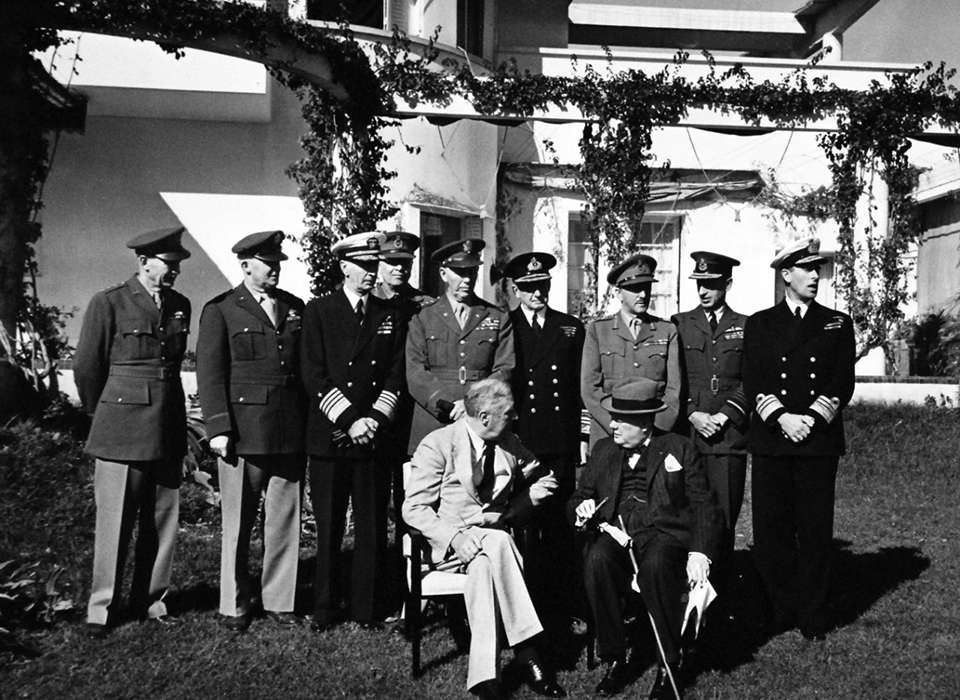
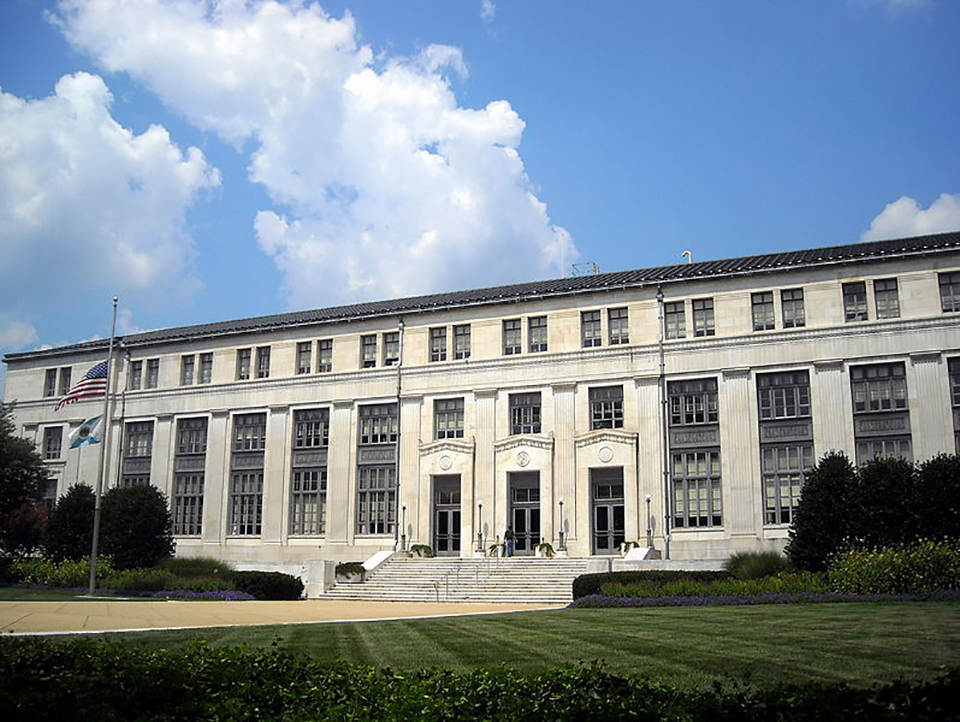
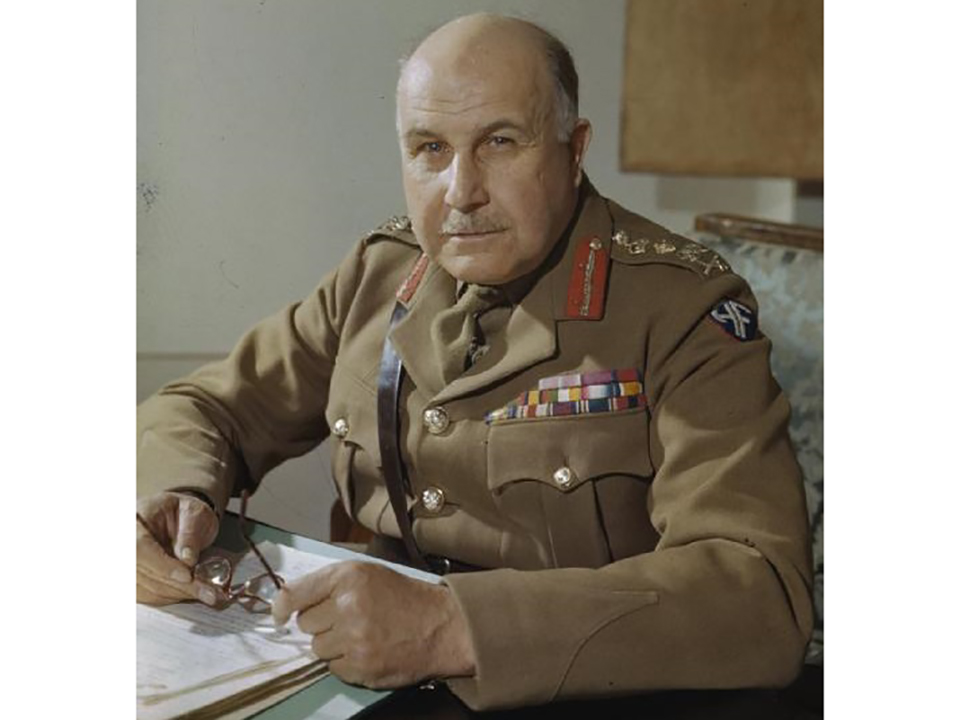
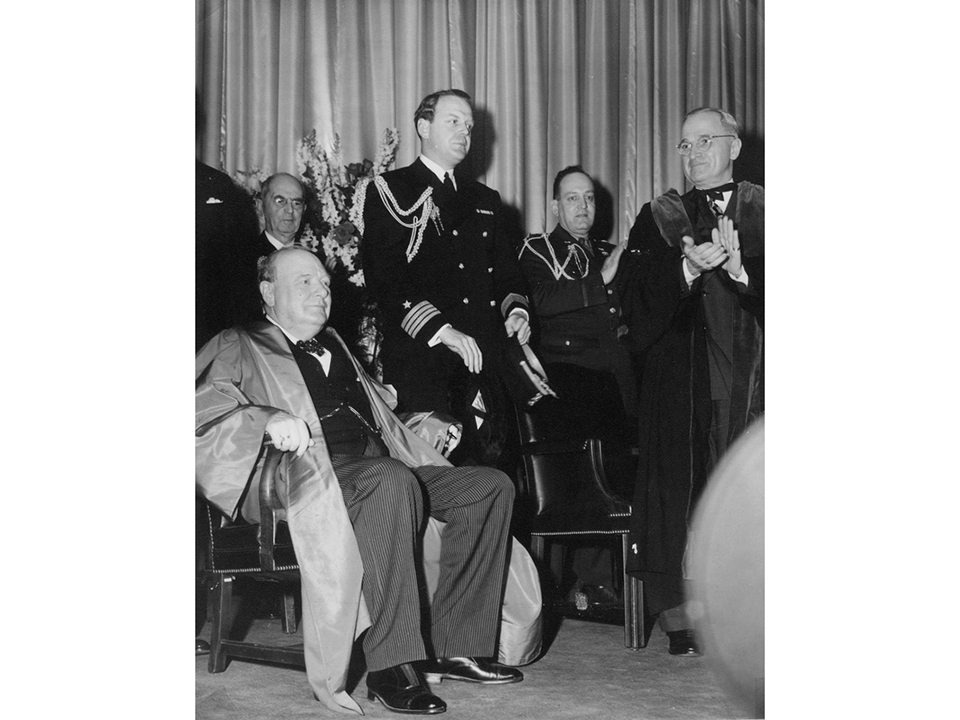
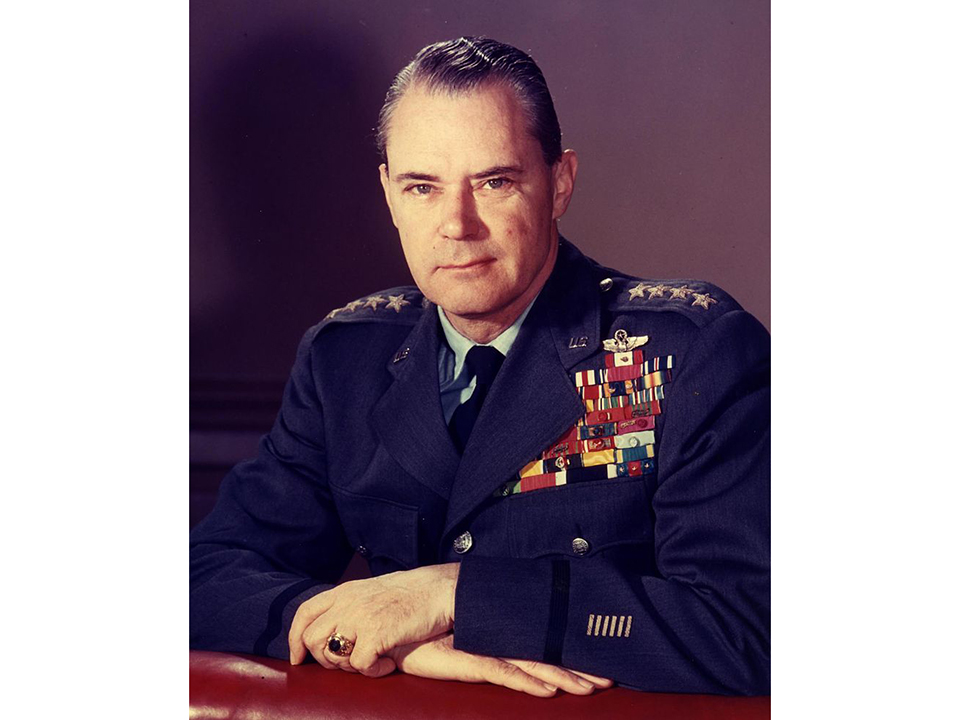
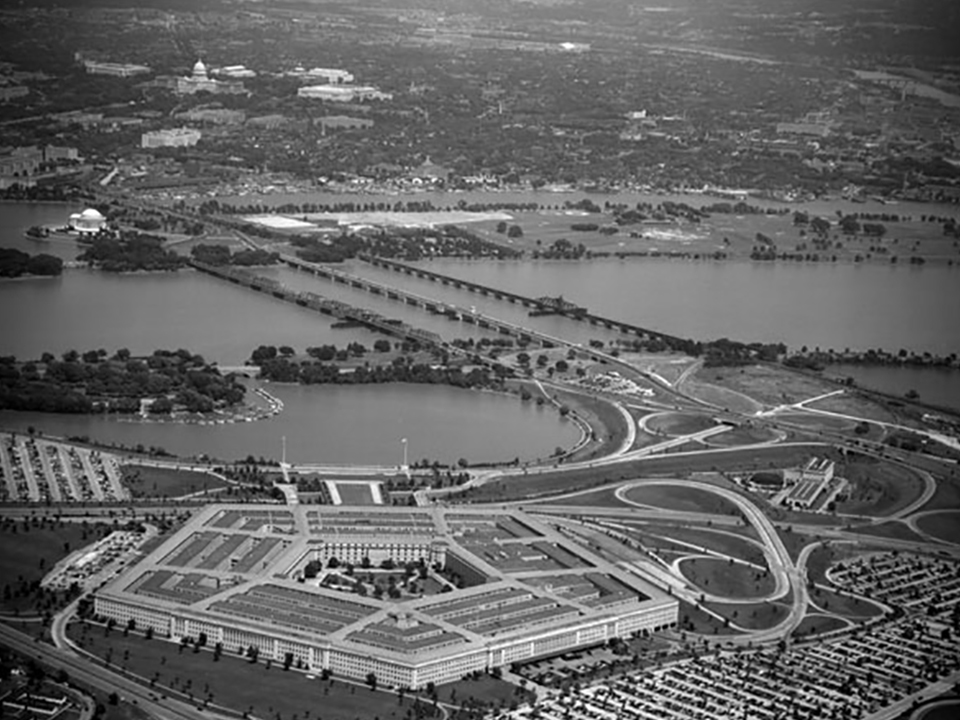
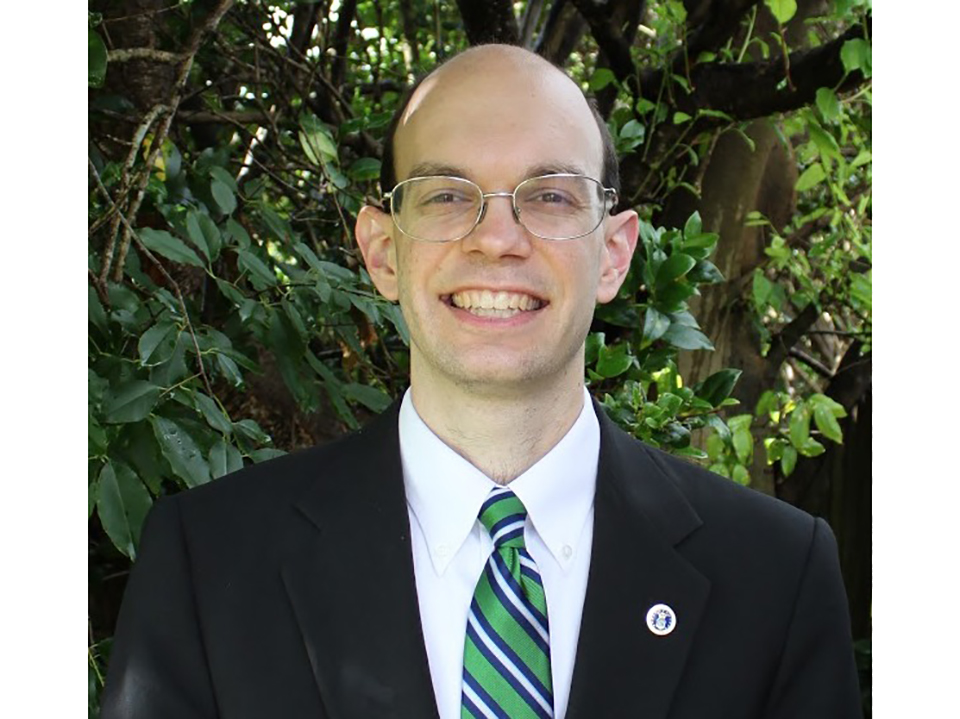
![Max Fuchs, New York City cantor, sings as Rabbi Sydney [sic] Lefkowitz, Richmond, VA, conducts the first Jewish services from Germany.](/sites/default/files/styles/max_650x650/public/2025-10/image1.jpg)




